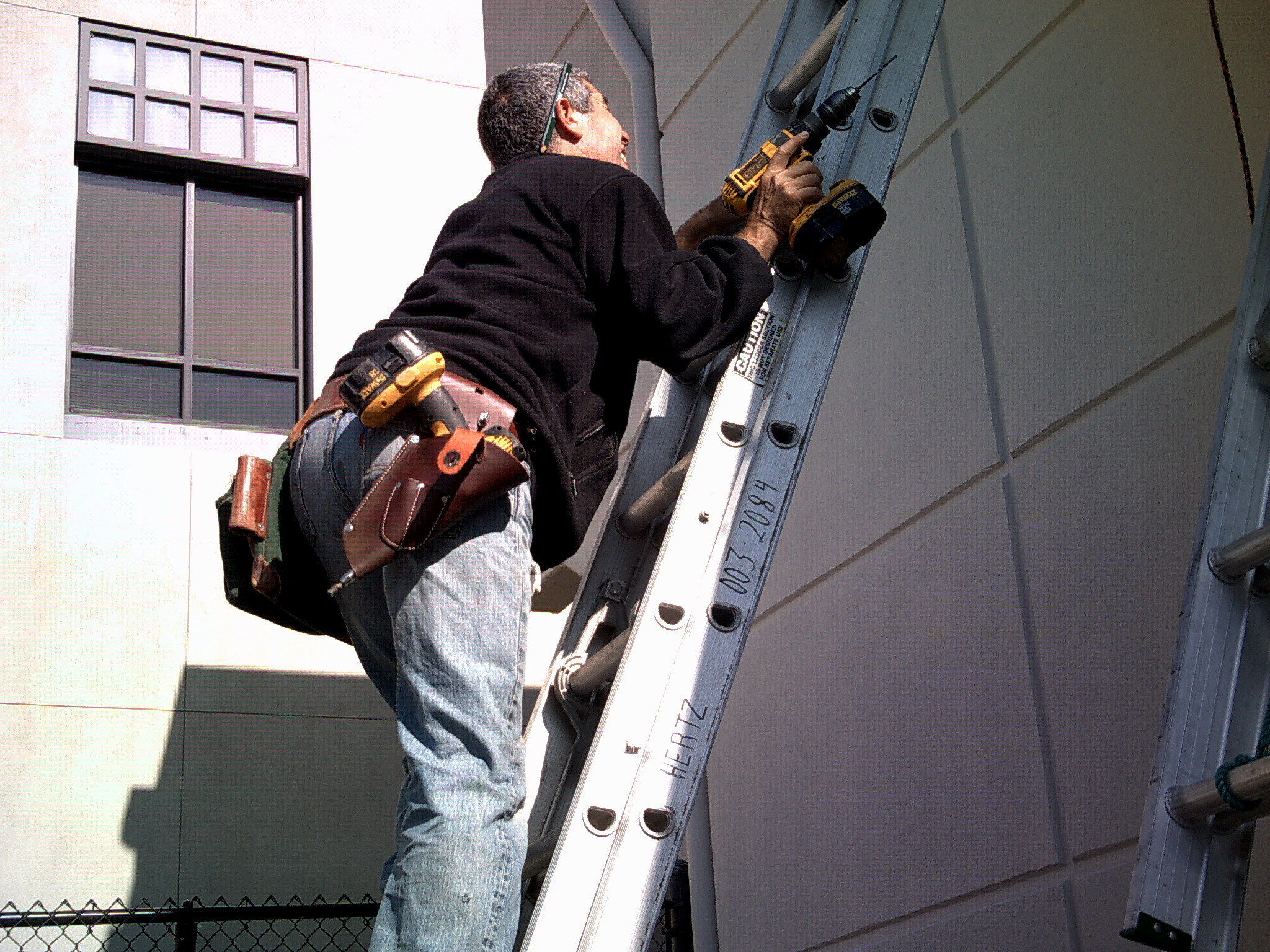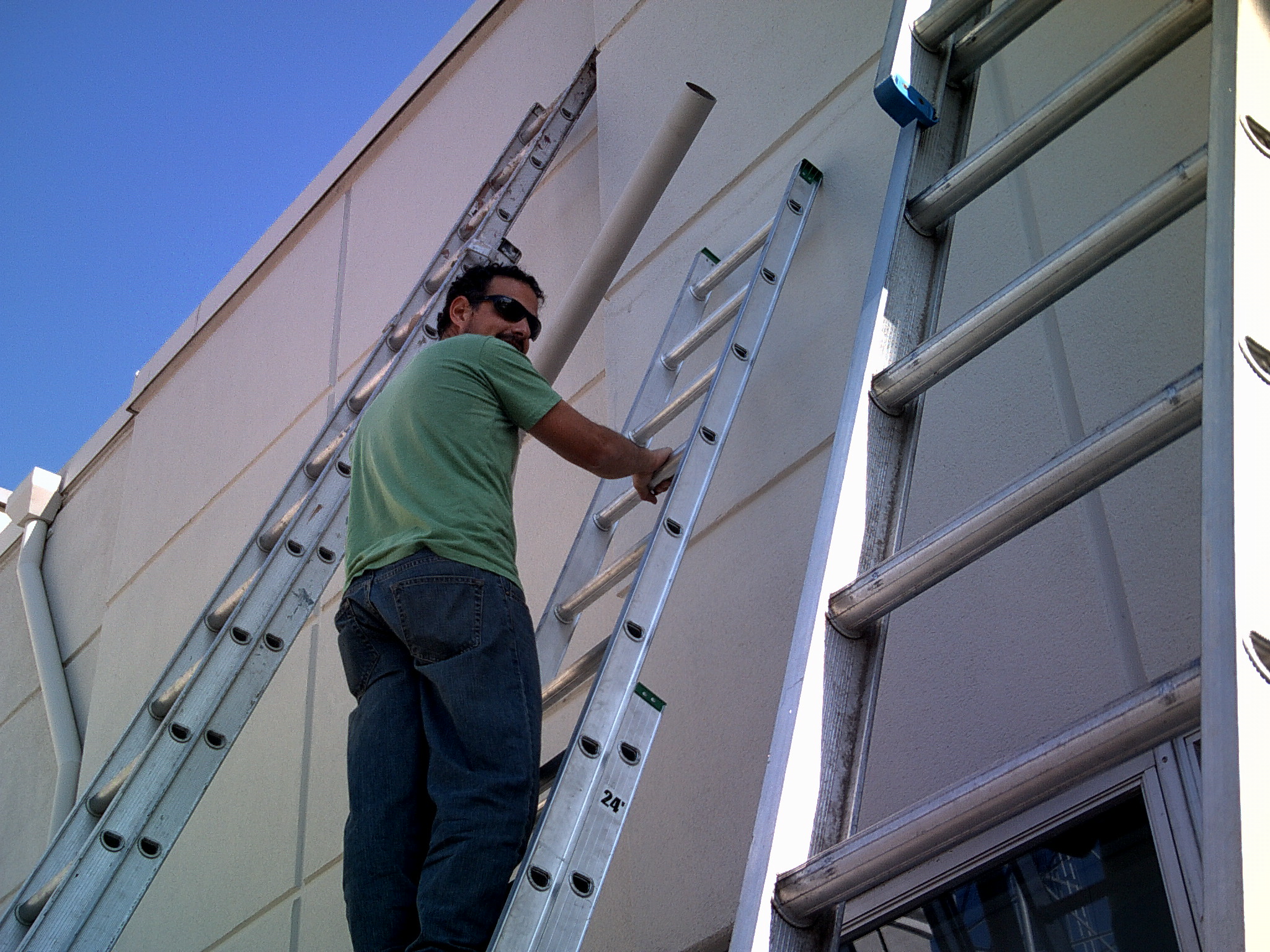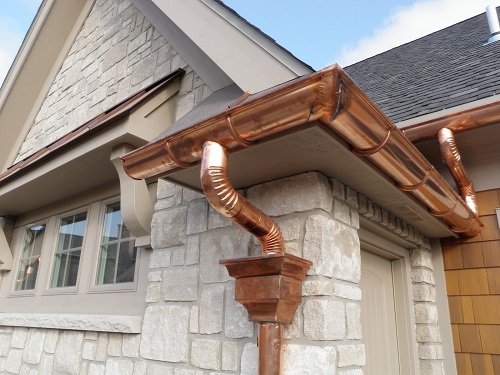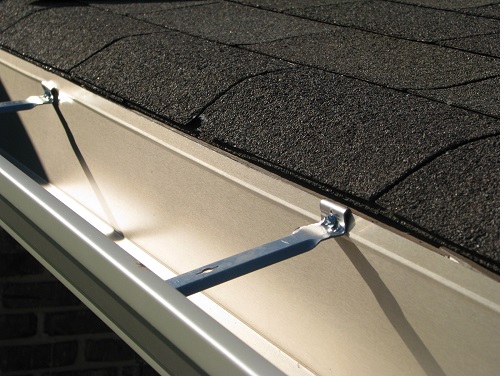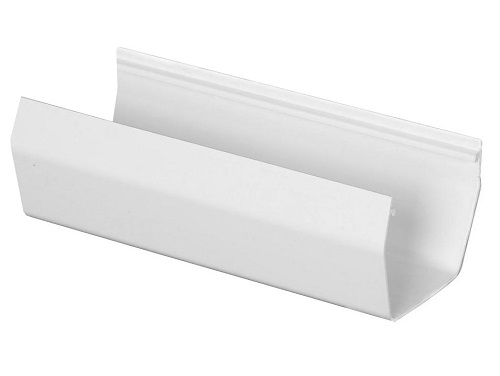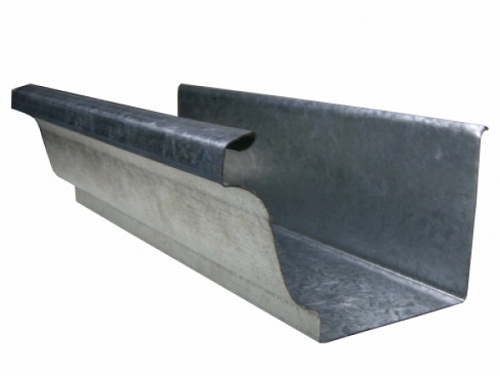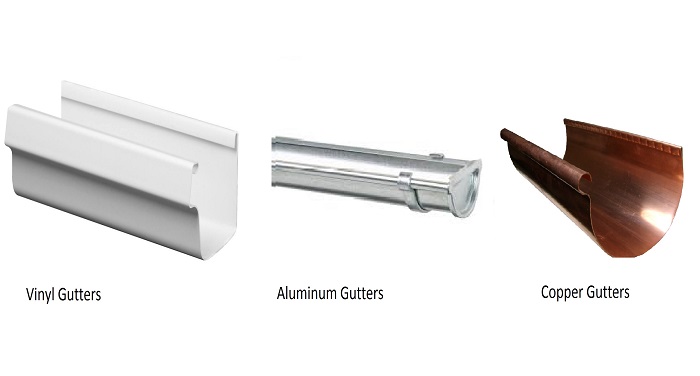A Complete Guide on Rain Gutter Installation
A beautiful and functional house is every homeowner’s dream and a well-built house is not just an asset but is also a sweet abode we call home. Therefore, to ensure your home’s long life and security one must consider all necessary measures. One such essential commodity is rain gutters and its installation is majorly important for the well being of your house. Rain Gutter installation process must be thoroughly planned and carried out after acquainting yourself with all the pros and cons related to the subject. Rain gutter installation may, at first sound like an overbearing expense but a good investment now will only bring you benefits in the future. Installing rain gutters will make sure that the rainwater flowing from rooftops does not damage the very foundation of your house or form puddles in the ground which can result in leaks in the basement. The very purpose of rain gutters is to channelize the rain water away from the foundation of the house. To make the whole process of Rain gutter installation easier, here is a complete guide on the matter.
Plan the task beforehand
Once you have decided on getting rain gutters installed, plan the whole project after careful market survey. Spend good time on reviewing the type of gutters you would like to get installed. The material best suited for your guttering system as per your requirements and depending upon the weather where you live. Know about all the materials available in the market and their best features and cost. Once you are clear about the color and the exact kind of gutters you want, review the whole process online, and look for the best companies in the market providing the services such as Sunshine Gutters PRO, which serve in more than 53 major cities of California and have an impeccable record. You can also check our customer reviews on Yelp page.
Evaluate your House
Before moving ahead with the rain gutter installation process it is essential of you to assess your own house. If your house requires any sort of repair in the roofing and sidings, make sure you get all of that done before installing the rain gutters. The roof and siding of the house must be sturdy and strong enough to withhold the weight of the gutter line. Or else in no time you will see the gutters coming off the clips and hanging off the roof.
Weather plays the key role
If you live at a place where it rain a lot and frequently then you must get bigger sized rain gutters which can support larger volume of water flowing through the gutter stream. Generally, rain gutters are available in sizes such as 6”, 8”, 9”, and 12” of K-style gutters. Also, you must also consider the amount of snowfall where you live before rain gutter installation. If it’s a place where it snows heavily you can also get heated gutters which melt away ice preventing any icicles and ice dams from building up.
Available Materials for Rain Gutters
Rain gutters these days come in a variety of materials as per different people’s requirements. Every material offers certain features with their respective pros and cons, strengths and cost. The materials available for rain gutters are as follows:
Copper Gutters: Copper apparently is the best material available for rain gutters as it serves to give the best and long lasting gutter solutions. Copper not only looks very rustic and stylish circling your house, it also provides protection against rust and corrosion from water. Copper rain gutters are most expensive in the lot but they also add value to the property. Also, copper is known to expand and shrink the least with temperature variations. Hence, repair and maintenance gutter costs are likely to be less.
Aluminum Gutters: Aluminum is known for being light weight yet strong. Easy to handle and install, Aluminum gutters come without burning a hole in your pocket. Aluminum gutters are mostly continuous and require no or minimal additional joining parts. However, Aluminum gutters can be easily dented. Aluminum is most extensively used and can compliment most of the houses.
Plastic (Vinyl) Gutters: Plastic or vinyl is the latest addition and serves as good guttering material as it is resistant to the effect of water. Plastic being light in weight and sturdy is easy to work with. Plastic gutters can fit most easily and also require minimal maintenance.
Steel Gutters: Steel gutters are heavy and difficult to handle and fit onto the slopes of the house. Also, Steel gutters need to be painted to protect them from oxidation and the sections need to be joined using mastic, nuts and bolts.
Styles of Rain Gutters
Although, round or square style of gutters is commonly used however, there are four main gutter styles available in the market. Depending upon the roof, appearance, cost and ease of rain gutter installation one can choose from the given gutter styles:
- Rounded bottom Gutters: It comes as half round gutter style with a curved bottom and open top.
- Square bottom Gutters: Square bottom is rectangular or squared edge gutters.
- K- Style Gutters: K-style gutters are very common these days as they look good and can also be attached directly to the edge of the roof.
Rain Gutter Installation Cost
An average residential place will require about 120-250 feet of guttering line to cover the entire house for a single storey. However, costs for rain gutter installation can also vary depending upon the material being used for gutters. Let us discuss the cost of different materials for a single storey mansion requiring 250 feet of guttering line.
- Vinyl Gutters: Vinyl gutters are easy to install and manage as they are light in weight. The material alone for 250 feet will cost around $90-$180. However, labor costs are less likely to be high.
- Aluminum Gutters: Aluminum gutters are quite reasonable and cost around $4-$9 per foot and the overall cost for 250 feet can reach up to $1,050-$2,400.
- Copper Gutters: Copper gutters are much low on maintenance but are also expensive to install. Copper as we all know is a pricey alloy and hence costs around $15-$25 per foot and $3,750-$6,250 for 250 feet.
Why Invest in Gutters?
Investing in rain gutters and rain gutter installation can definitely be considered as a smart investment due to the various benefits rain gutters have to offer. Investing in rain gutters may seem like an expense initially but once you understand its importance and relevance for the well being of your house, rain gutter installation will be the best decision you’d have taken. Rain gutters are a must in every household as their benefits are many and cannot be challenged. Installing rain gutters on your residential construction will give you the following benefits:
- Rain gutters will prevent the rain water from pouring in and around your house thus letting the ground around your house to stay stable.
- Rain gutter installation will prevent any subsequent damages to your property such as flooding and leaks.
- Rain water stains your walls of stones and masonry which will call for major repair work.
- Rain water falling on the patios and window panes can cause the wood to swell and break down which is again a severe damage to the construction of the house.
- Standing water in the garden or sidewalk can result in leaks and flooding in the basement.
- Flooded gardens and landscape of your house gives it a displeasing outlook.
Rain Gutter Installation – Do It Yourself (DIY)
Although rain gutter installation is a process one should seek professional help for, however if you’re trying to install rain gutters on your own there are certain things you must keep in mind:
Choose your gutter carefully:
When professionals install rain gutters it is a different case however, when you’re doing the deed all by yourself make sure to choose the type of material that suits your requirements and can be easily handled by yourself. A light weight yet strong material should serve perfectly.
Calculating the Pitch: Before you begin with the tedious process climbing on the ladder, measures the area to be covered accurately. Calculate the pitch of the gutters carefully. Even though gutters seem even, they still have a gradient slope of one inch approx. every forty meters in length to make the flow of water easier and to prevent any debris from getting stuck. Check with the level to make sure it’s at the proper pitch.
Provide Proper Spacing: Gutters are hung on to your roofs using hangers or clips which hold them in place. Therefore, spacing the hangers properly is very important as you wouldn’t want the gutters to sag and hang loose where the hangers are spaced too far. In such a case water will accumulate at the lowest dip and the weight of the water will eventually bring down the whole gutter system.
Locate your gutters properly: Normally, anybody would locate the gutters right underneath the edge of the roof as water drips off the edge. However, this approach is not all correct as locating your gutters too close to the edge of the roof will have the edge soaking up the water which can further result in bloating of the roof causing damage to your property and calling for repairing of the roof and relocating your gutters.
Make your gutters seamless: Different materials need to be joined differently at the corners and at the seams for a flawless continuous guttering system. And therefore gutters will need to be soldered and welded for a perfect bond. Make sure you do not strain the connections while soldering or welding and don’t leave any loopholes for water to drip through and cause the gutters to fall off.
Then again, as mentioned above rain gutter installation is an extensive process and requires expertise. So, seek the help of a professionally qualified team for the procedure and try this yourself only if you’re a pro with tools and ladders.



